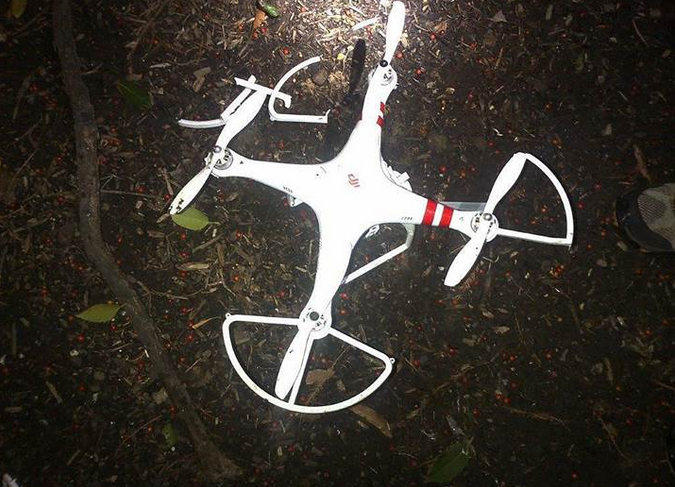Still, McNeal said he loves “the idea of extending property rights in airspace,” and in a paper he penned in November for the centrist think thank Brookings Institution, McNeal proposed that legislators address a multitude of concerns about drones and their impact on privacy with new laws giving landowners “the right to exclude aircraft, persons, and other objects from a column of airspace extending from the surface of their land up to 350 feet above ground level.”
There are some, of course, who want to give property owners the ability to be proactive in keeping drones out of their airspace. One company, known as NoFlyZone, has come up with a system it says can achieve just that. It is compiling an opt-in database of addresses, and has so far signed up seven drone makers who have agreed to restrict their devices, via firmware updates, from flying over those properties. None of the biggest names in the industry have joined the effort.
However, DJI, which has for some time limited its drones from being able to fly close to airports, added an update to its Phantom 2 drones’ firmware after the White House incident that restricted the devices’ ability to fly in Washington, D.C. The company later reversed the update after reports of erratic flying.
Up in the air
Proposed legislation like Jackson’s and the variety of opinions about the legal ramifications of flying drones over private property notwithstanding, lawyers who specialize in the area are waiting for the kind of precedent-setting cases that will clear things up.
“Is the drone violating some kind of trespass … legal provision?” asked Brendan Schulman, who heads the unmanned aircraft systems practice at Kramer Levin Naftalis & Frankel. “Thus far, it’s been unresolved.”
Schulman said there has been plenty of case law, including U.S. Supreme Court decisions, to establish that people have no expectation of privacy from the air, and that law enforcement doesn’t need a warrant to surveil someone from an altitude of several hundred feet.
Yet Schulman also said privacy rights are unclear when it comes to drones flying low to the ground. “There’s arguably a trespass issue,” Schulman told VentureBeat, “which would be based on older doctrines that conceived of airspace as private property, particularly when airspace is low enough to the ground that it could be usable by a landowner.”
Unfortunately, then, these questions are still very much — forgive the pun — up in the air.
But as companies like DJI, 3D Robotics, Parrot, and others sell thousands and thousands of drones worth hundreds of millions of dollars every year, the legal dynamics are going to be increasingly tested. We may have to wait for clear answers until someone with a vested interest in the outcome is willing to take their grievance all the way to trial.
Until then, however, we don’t really know, and the debate may well come down to definitions of different types of aircraft.
“I think what you have to have is a technology-neutral viewpoint on this,” DJI’s Resnick said. “If we want to have a discussion on privacy rights in the 21st century, and your right to an expectation of privacy in the 21st century, that’s a good discussion to have. But that’s not the same as ‘Let’s ban drone photography.'”
VentureBeat's mission is to be a digital town square for technical decision-makers to gain knowledge about transformative enterprise technology and transact. Learn More


